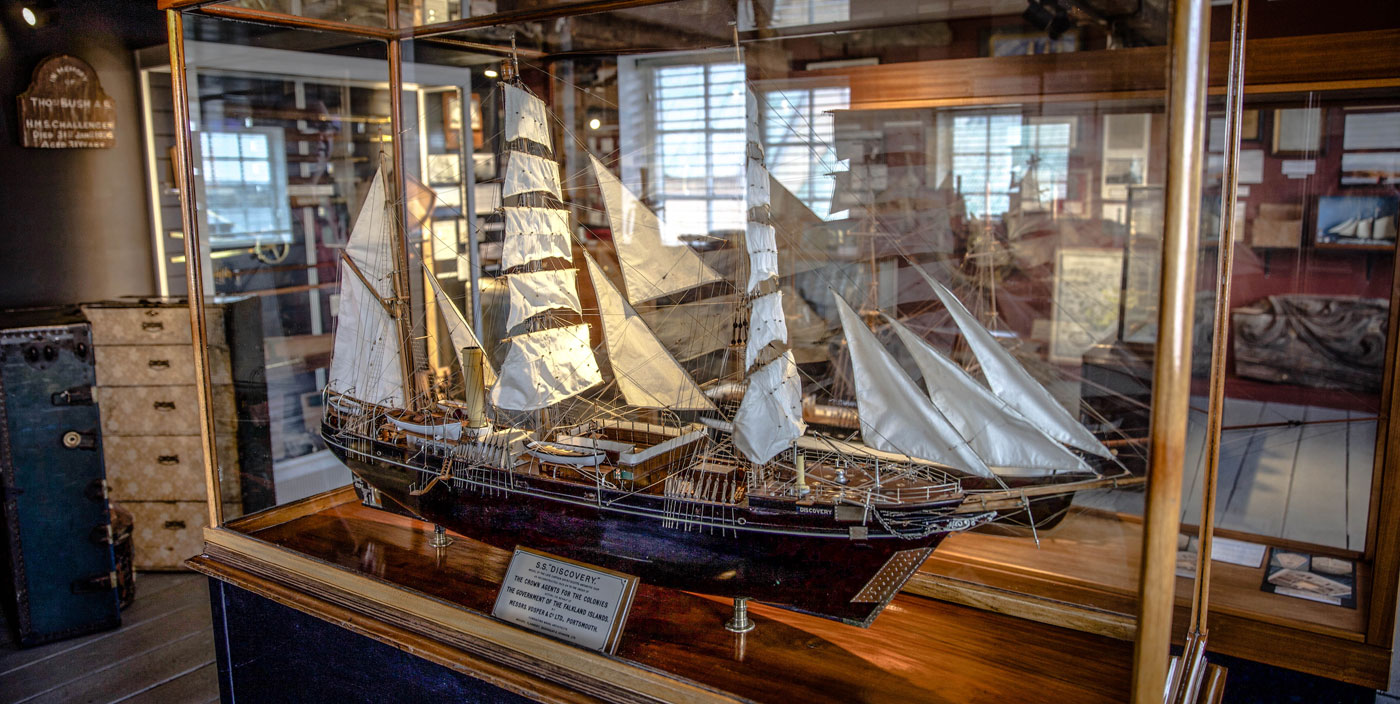Die Falkland Inseln waren 400 Millionen Jahre unbewohnt und man nimmt an, dass sie vor den Zeiten der Weltumsegler und Entdecker nur von Kanuindianern aus Feuerland betreten wurden. Als Beweis dafür sehen Wissenschaftler das Vorkommen des Warrah (ein fuchs-, hund-, wolfähnliches Tier) und das einzige Landsäugetier der Inseln, das aber inzwischen ausgerottet ist.
Zum ersten Mal wurden die Inseln 1592 von dem Engländer John Davis erwähnt, der sie mit seinem Schiff „Desire“ passierte.
1690 bekamen sie von Kapitän John Strong den Namen „Falkland“ als Hommage an Viscount Falkland, zuerst nur als Bezeichnung für den Kanal zwischen West- und Ostfalkland.
Ab 1833 wurden die Inseln britisches Territorium – und blieben es.
Dazwischen liegt eine bewegte Geschichte mit vielen Scharmützeln, wechselnden Besitzansprüchen, Landenteignungen und mehr oder weniger nachdrücklichen diplomatischen Verhandlungen (auch mit Waffengewalt) zwischen Spaniern, Engländern, Holländern, Franzosen und sogar US-Amerikanern.
Eine ungeahnte Herausforderung für einen kleinen Außenposten irgendwo im Südatlantik mit seiner eher bescheidenen Befestigungsanlage.
Am Ende haben sich einmal mehr das Geschick und die Souveränität des britischen Kolonialismus durchgesetzt.
Übrigens: Als bekennender Fan des filmischen Meisterwerks „Master and Commander“ ziehe ich mit der gebührenden Anerkennung, aber auch mit dem gebotenem Respekt den Hut vor dieser traditionsreichen Seefahrernation.






